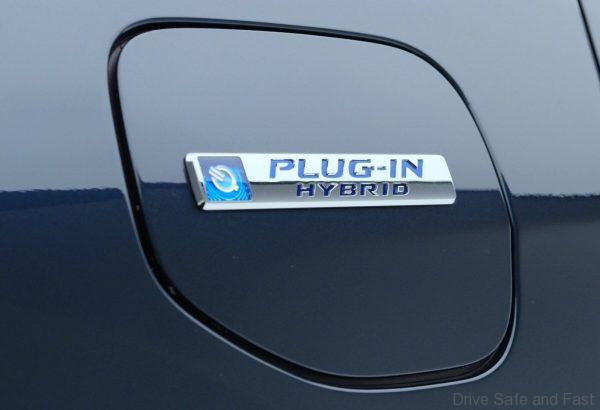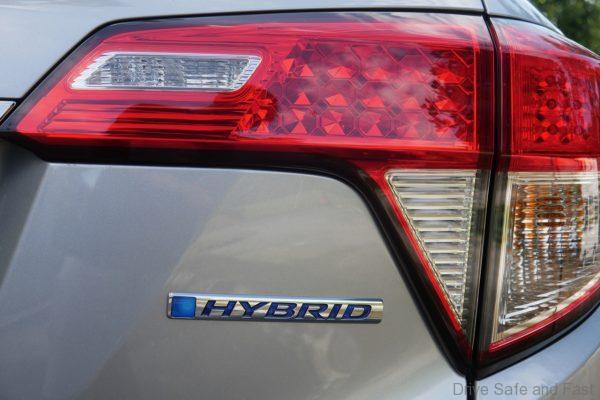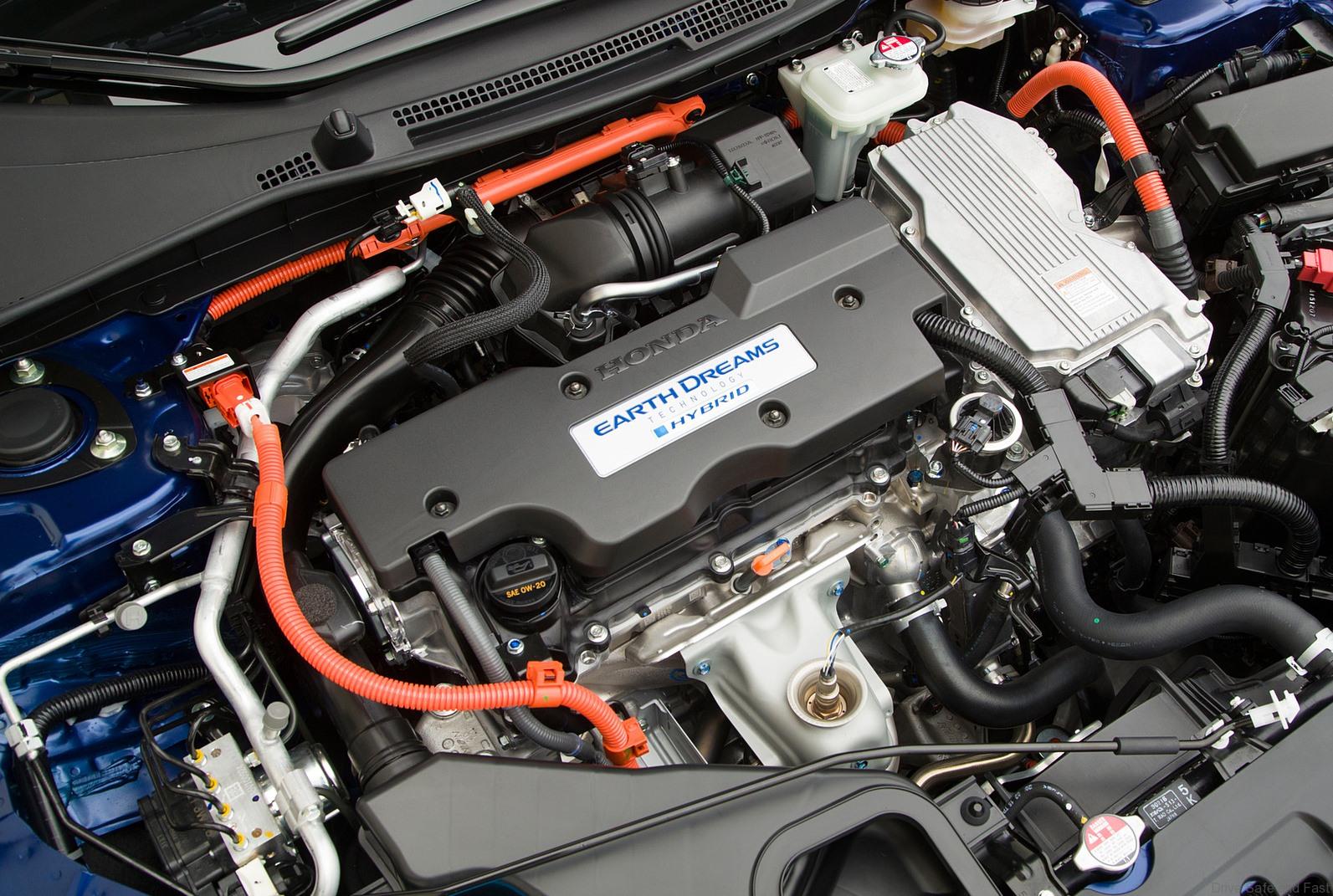This program will need to start in Malaysia very soon.
The question of battery recycling has been on the agenda of some people against electric vehicles for some time now and Honda Motor Europe has the answer right now.
Like it or not, the rapid growth in the market for electric vehicles is coming, COVID-19 or not, to meet global targets for reducing greenhouse gas emissions, to improve air quality in urban centres and to meet the needs of consumers looking for cleaner automotive needs. Now these electric vehicles (EV) need powerful, light and affordable batteries to move.

The best bet is commercial lithium-ion cells which are relatively compact and stable. The performance of rechargeablelithium-ion batteries has improved steadily for two decades. These lithium-ion batteries are estimated to have a lifespan of 15-20 years. Tens of hundreds of charging and discharging cycles after, what happens when a battery is worn out completely? What will happen to the more than 250,000 tons of waste that will result from the 1 million plus electric vehicles already sold in the coming years?
Honda management is striving for a more sustainable use of batteries in electric vehicles where the batteries are to be given a “second life” as a storage medium for renewable energies after their service life in the car.
To this end, the car manufacturer is expanding its existing partnership with the Société Nouvelle d’Affinage des Métaux (SNAM). The agreement provides for the Europe-wide collection and recycling of used Honda batteries. The spent batteries are prepared for their second life. If reuse is not possible, valuable materials are recovered from the batteries and recycled.

Honda and SNAM have already been working together since 2013 on solutions for the traceability and disposal of used batteries in accordance with the environmental standards of the European Union. Based on the new expansion, SNAM will in future collect lithium-ion and nickel-metal hydride batteries from Honda dealers and authorised recycling facilities in 22 countries and test their suitability for recycling and further processing.
With the increasing popularity of hybrid and battery electric vehicles, there is also a growing need to handle the vehicles’ spent batteries in the most environmentally friendly way possible. In the light of recent developments in the market, it has now become possible to use these batteries beyond their first life cycle to supply electricity to businesses or to use optimised recycling techniques to obtain valuable raw materials that can then be used to produce new batteries.
For the collection of used EV batteries, SNAM will use low-CO2 means of transport. The company will then test and evaluate which battery packs are suitable for use in new energy storage devices. These are then processed and made available for domestic or industrial applications.

If battery cells are damaged and unsuitable for recycling, raw materials such as cobalt or lithium can be extracted from them. For this purpose, certain hydrometallurgical processes using aqueous solutions are used. The raw materials can be used in the production of new batteries, for the manufacture of colour pigments or as mortar additives. Other materials such as copper, metal and plastics are also recycled and marketed for subsequent use in the manufacture of various products.
Through SNAM’s online platform, dealers have the opportunity to request the collection of spent batteries for further recycling. The collection is to take place within 15 working days via central storage centres, which should save dealers from having to store batteries on their own premises. Not included in the agreement between Honda and SNAM are ordinary lead-acid batteries as used in internal combustion engine vehicles.

